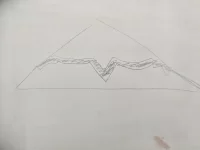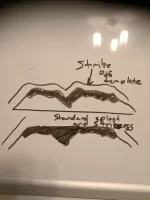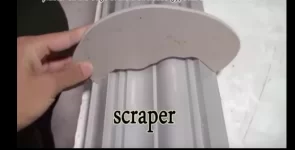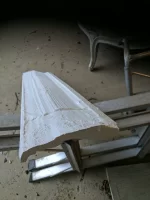GT Cornicer
New Member
I was wandering what people use when you strike off the cornice like a profile so that the cornice is consistent on the back? As will be easier to stand when drying and will know there are no weak spots when doing small boxing's. There was a guy from Essex who did that and my family all loved fitting his cornice so I want to do it the same. But don't want to scratch the plaster or fibreglass so if anyone does have any info it would be hugely appreciated!







